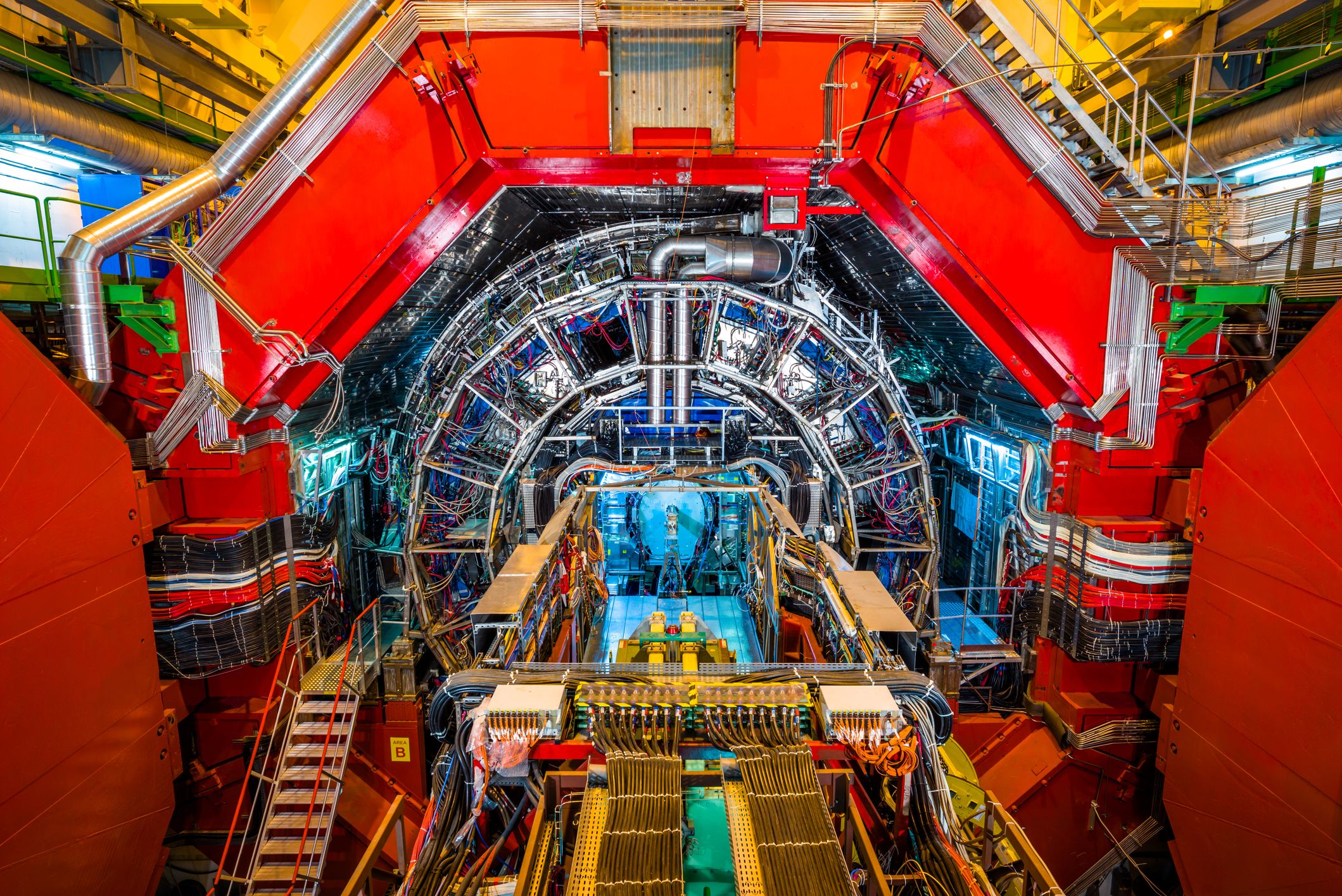This elementary particle was confirmed by Large Hadron Collider experiments at CERN in 2012 — but what’s the big deal?




Much, much better they say 🤔.
Many of the world’s richest seem to earnestly believe that some kind of apocalyptic “event” is coming, and have prepared accordingly. You might have read about this before — such as in the New Yorker’s deep dive back in January 2017 — but billionaire doomsday preppers are back in the news again thanks to a new viral article penned by professor and media theorist Douglas Rushkoff. In it, Rushkoff gives some insight on the grave manner in which some of the business elite are going about preparing for a doomsday, which he learned first-hand after receiving an invitation to speak with some one-percenters.
Rushkoff says that what was supposed to be a wholesome discussion about the “future of technology” quickly turned into a consulting session on an impending apocalypse.



Globally decentralized protocols like Bittorrent, Bitcoin and Tor provide users a remarkable level of censorship resistance, privacy and communication freedom. But highly centralized local communication networks can block, throttle and log users of these protocols and work with governments and private firms to surveil and harass users. Centralized communication networks historically tend toward rent-seeking behavior, do a poor job at serving last-mile communities, and are fragile during natural and manmade disasters. This talk will review decentralized alternatives for local communication and demonstrate a new open source solution called TxTenna for sending offline Bitcoin transactions over a mobile mesh network.
Institute of Cryptoanarchy.



Congratulations to the Forest Organics team and their awesome new site — https://www.myforestorganics.com/
